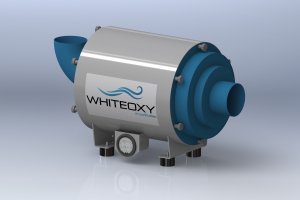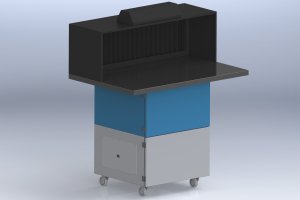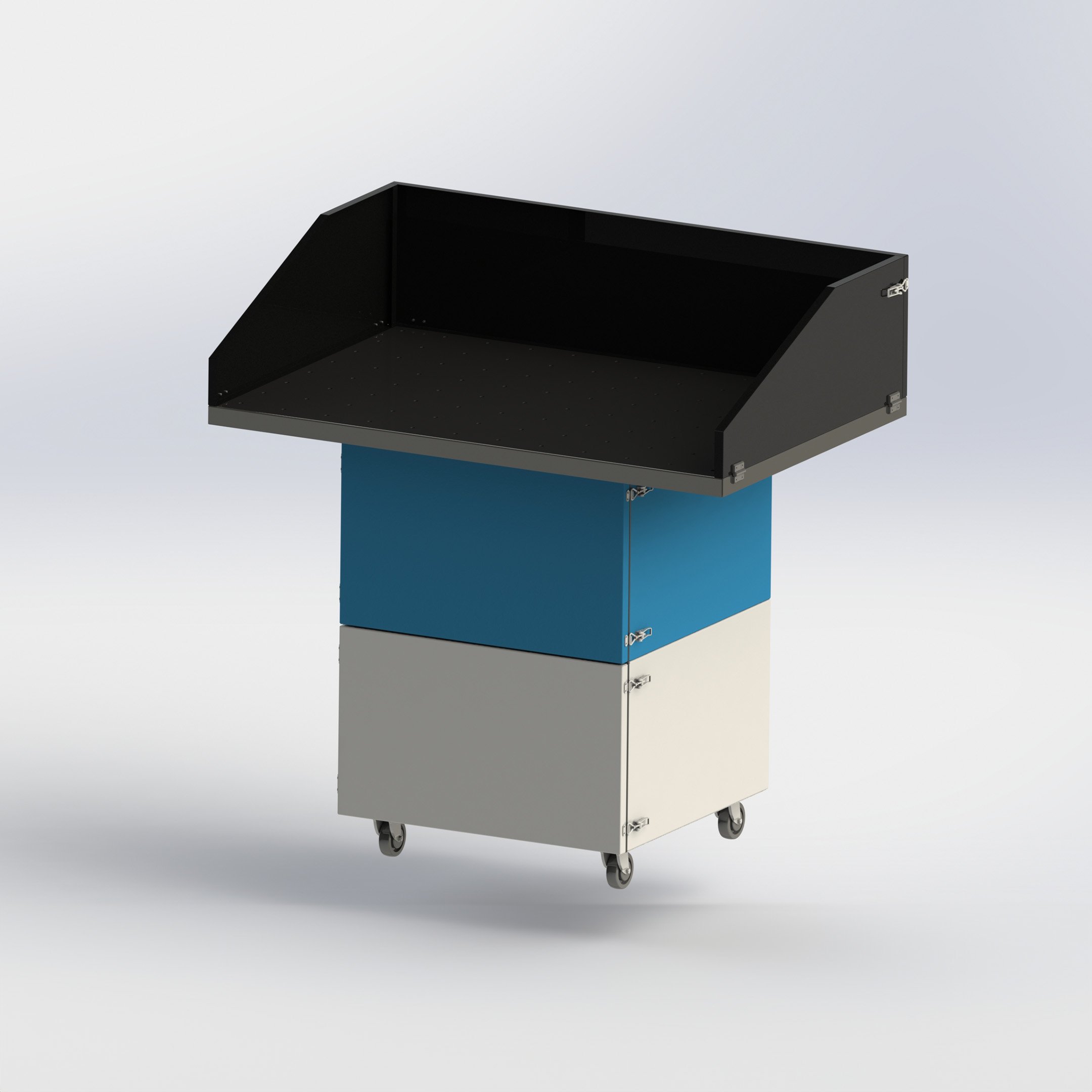
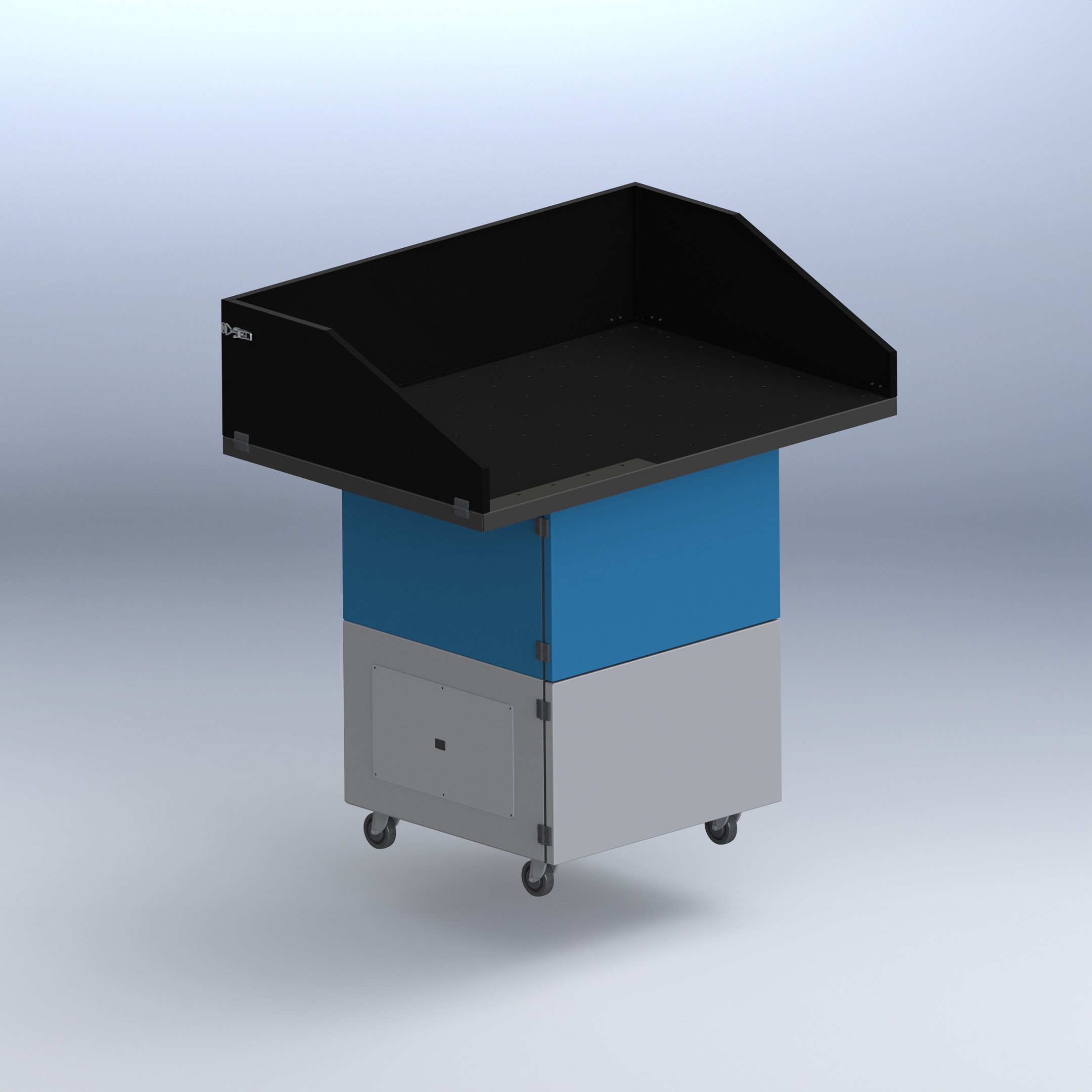
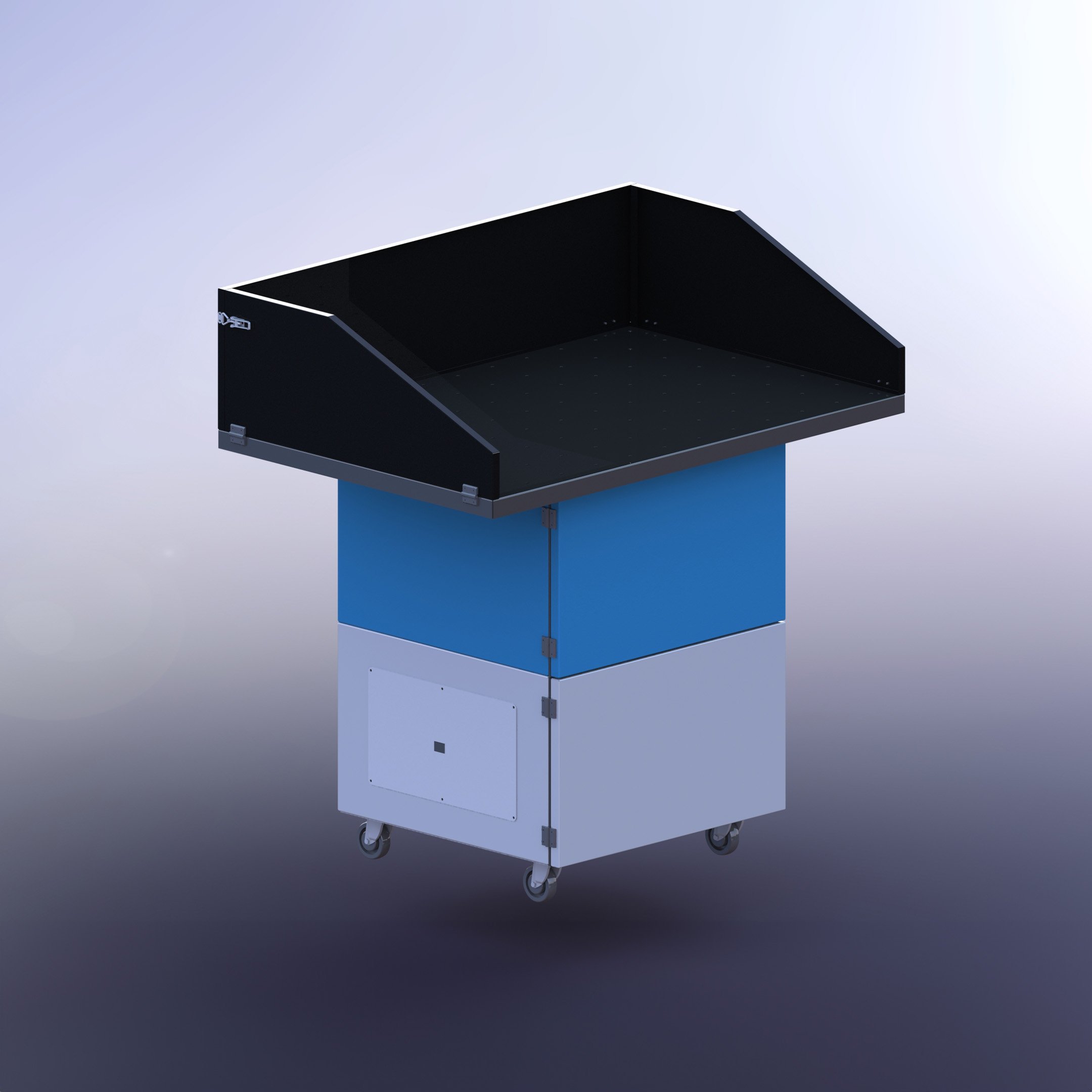



Welding fume extraction machine is an equipment used to effectively absorb fumes and gases generated during welding processes and improve air quality in the workplace. Such machines are often used in metalworking workshops, welding workshops and similar environments. Here is some general information about welding fume extraction machine:
Function: Welding fume extraction machines improve ambient air quality by absorbing fumes, gases and particles generated during welding processes. This protects worker health and provides a safer working environment in the workplace.
Suction System: It usually has a suction system and collects fumes from the welding area. Suction systems draw the fumes to the surface of the machine and direct them to the filter system.
Filtering System: It is designed to remove fumes and particles using high quality filters. These filters provide cleaned air by effectively trapping dust and fumes.
Flexibility and Adjustability: Some models have a flexible structure to adjust the position of the suction arm and the machine. This adapts to different welding processes.
Power and Capacity: The power and suction capacity of the welding fume extraction machine can vary depending on the process and workplace to be used. It is important to choose a capacity suitable for the intensity of the process and the type of material being welded.
Safety Features: Welding processes can often be dangerous, so the safety features of the extraction machine are important. Fire resistant materials can be used to reduce the risk of burns.
Maintenance and Cleaning: Regular maintenance and filter changes keep the machine running efficiently. This also ensures that the filters continue to effectively trap dust and fumes.
Portability: Some models can be portable, which allows them to be easily transported to different job sites.
When choosing a welding fume extraction machine, it is important to consider the characteristics of the workplace and the type of welding processes. It is also important to check compliance with local occupational health and safety regulations.

